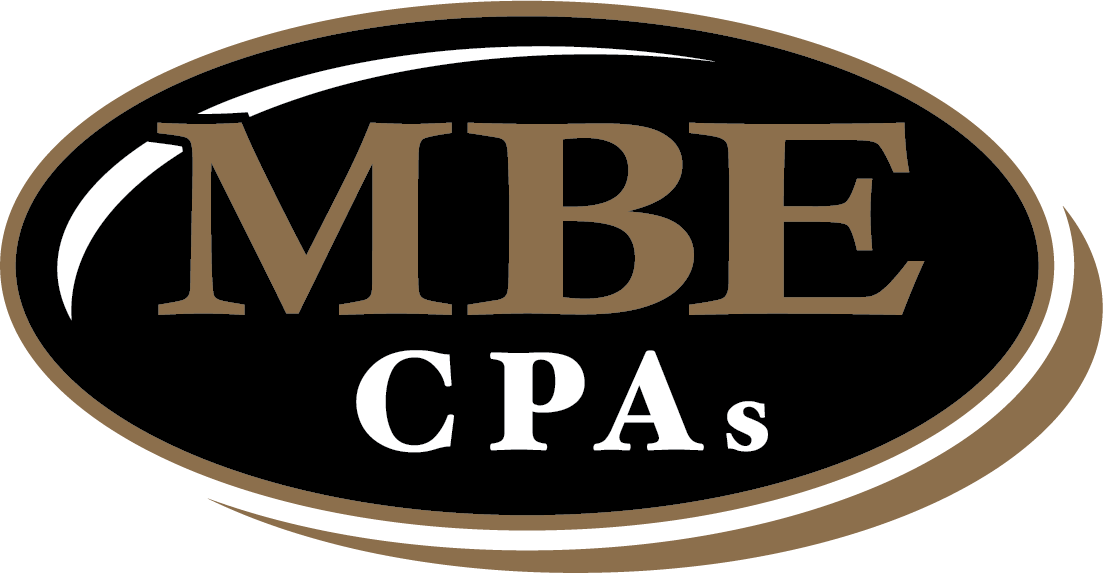Understanding the Complexities of US Inflation: A Path to Stability and Growth

Despite the challenges of higher energy and housing prices, the United States has made significant strides in controlling inflation. As we closed out the year 2023, consumer prices rose by only 3.47% annually, a testament to our progress. In this blog, we’ll delve into the factors contributing to inflation, examine the disconnect between economic health and public perception, and discuss the efforts to stabilize and foster economic growth.
According to a recent report from the Labor Department, overall prices rose by 0.3% from November and 3.4% from the previous year. These figures exceeded economists’ forecasts, highlighting the impact of housing costs and energy prices, including electricity and gasoline. It is important to note that core prices, excluding volatile food and energy costs, rose by 0.3% month over month, reflecting stability compared to the previous month. Additionally, core prices were up by 3.9% of the prior year, indicating a more moderate pace than in November. Economists consider core prices a reliable indicator of inflation’s likely path as they provide a clearer perspective by excluding variable costs.
Despite experiencing steady economic growth, low unemployment rates, and robust hiring, opinion polls indicate that many Americans remain dissatisfied with the current state of the economy. This disconnect between economic health and public perception has puzzled economists and political analysts. One key factor contributing to this sentiment is the lingering impact of inflated prices, even though the inflation rate has consistently declined over the past year and a half. Prices remain 17% higher compared to pre-inflation levels, leading to public discouragement.
The Federal Reserve, recognizing the need to reverse the inflationary trend, initiated aggressive interest rate hikes in March 2022. Their objective is to reduce year-over-year inflation to the 2% target level. Encouragingly, there are positive indications that inflationary pressures will continue to recede in the months ahead. The Federal Reserve Bank of New York reported that consumer expectations for inflation over the next year have fallen to 3%, the lowest projection since January 2021. Consumer expectations play a crucial role as they affect spending behavior. The absence of a rush to anticipate future price hikes suggests that a detrimental cycle of increased spending and subsequent inflation may not materialize.
During their most recent meeting, Federal Reserve officials acknowledged hopeful signs in the inflation outlook. Notably, they highlighted the resolution of supply chain backlogs, which had caused parts shortages and contributed to inflation pressures. While reducing inflation from 9% to approximately 3% proved feasible, some economists argue that reaching the 2% target could present a more formidable challenge.
The December US jobs report unveiled some cautionary news for the Federal Reserve. Average hourly wages rose by 4.1% compared to the previous year, indicating a slight increase from November. Simultaneously, 676,000 individuals chose to leave the workforce, resulting in a decline in the proportion of adults engaged in employment or actively seeking it to the lowest level since February, settling at 62.5%. This trend can present concerns as employers find it more challenging to fill job vacancies, potentially resulting in a necessity to raise salaries sharply. Higher labor costs can subsequently impact consumers through increased prices, perpetuating inflation.
Navigating the complexities of US inflation can seem daunting, but remember, you’re not alone. At MBE CPAs, we provide support to individuals and businesses grappling with inflation and its effects on the economy. Our advisors are well-versed in the nuances of accounting and financial management, and we’re dedicated to assisting our clients, no matter the economic climate. Don’t hesitate to contact us– let us guide you on your path to financial success.
